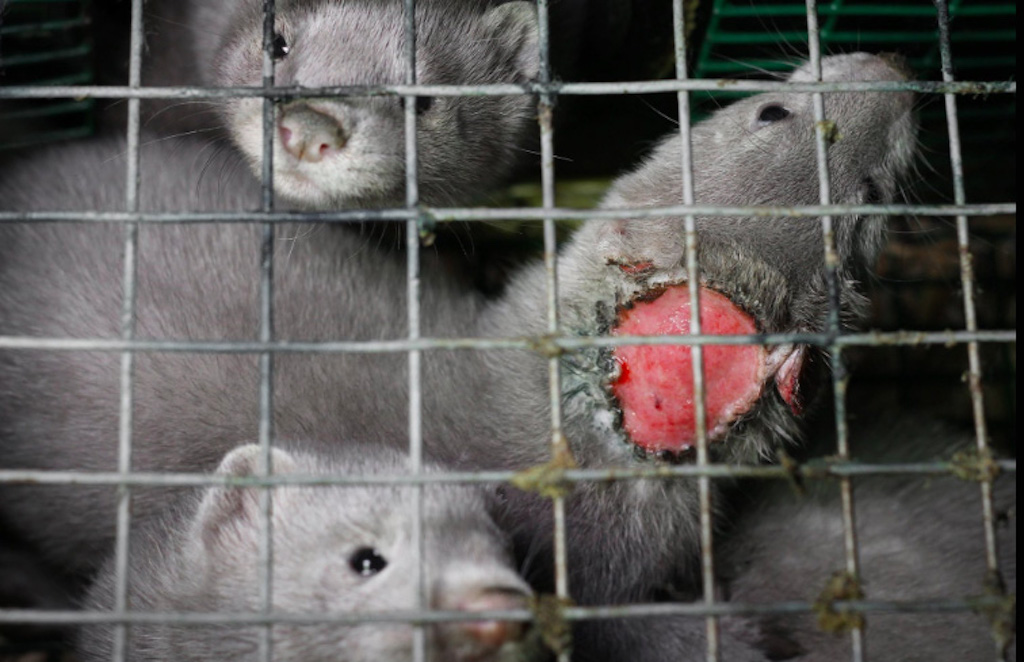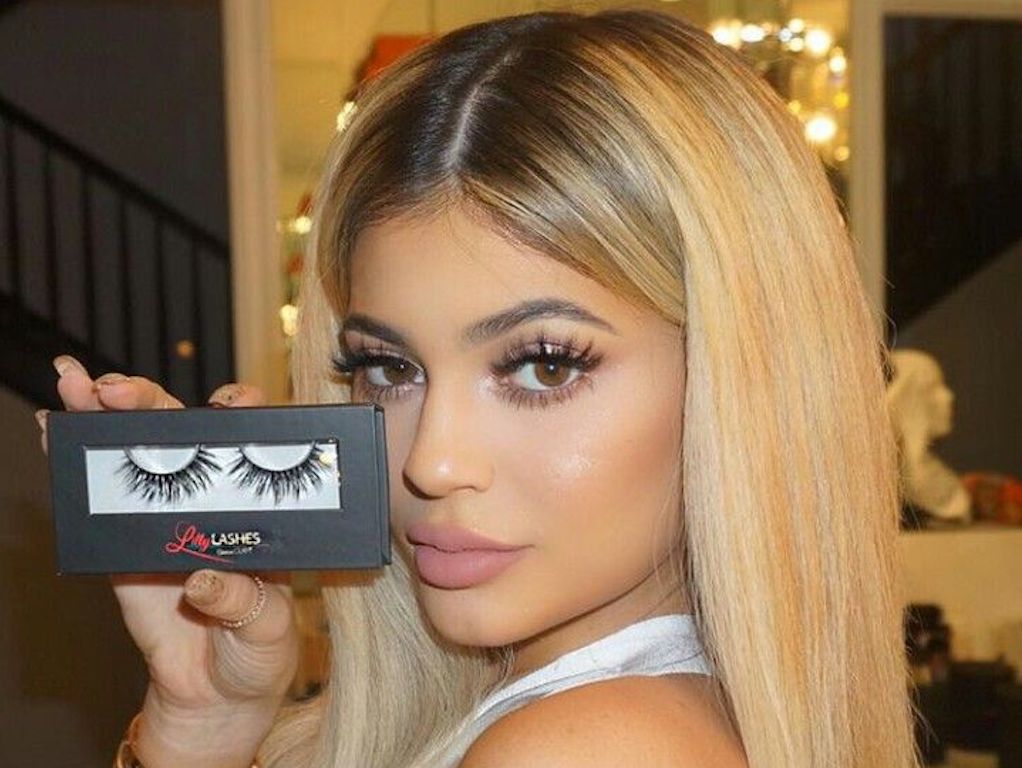4 Mins Read
From Hollywood celebrities to YouTube make-up influencers, donning lash extensions to achieve the voluminous look has become a beauty must-have over the past decade. Large eyes with mega lash action are a basic requirement for those Insta-ready faces. Here’s what no one is talking about: in order to achieve long and full lashes with a feather-like “natural” look, many consumers are unknowingly (or not) applying lashed made from mink, harvested from the semi-aquatic animal related to weasels, otters and ferrets. While the wearing of fur coats has become controversial in recent years due to increasing animal welfare concerns, wearing mink lashes – which is by no means cruelty-free – has been largely ignored by beauty enthusiasts. Here, we take a look at the dark and sad truth behind mink lashes.
Coveted for their natural shine, lightweight and flexible properties that give the desired wispy look, mink lashes have become hugely popular. Even Beyoncé, who claims to have gone “part-time” plant-based, swears by using 100% authentic mink lashes, adding her name to the long list of celebrities who also stand by the animal hair, including Jennifer Lopez, Lady Gaga and Kylie Jenner. With over 5.9 million tags on Instagram, it is undeniable that there is a craze for mink lashes right now.
But there is a far more sinister side to sporting mink lashes than it appears. It’s fuelling the booming mink fur farming industry, where animals suffer from tremendous fear, stress, torture, disease and inhumane slaughter when they are deemed no longer profitable.
Why are mink lashes not cruelty-free?
Of all the animals farmed for their fur, the demand for minks puts them at the top of the list. Currently, over 50 million minks are farmed every single year. Despite often being sold as “cruelty-free” with claims that the fur has been “taken only after minks have been brushed” or that they are collected from a “free-range farm”, the truth is that millions of animals are being confined to tiny and cramped wire cages in unsanitary and unhygienic conditions before their fur is often shaved off their bodies.
Minks are territorial animals who are generally solitary and live near bodies of water. In these cages, they are being completely denied the ability to bathe, swim or burrow in their natural habitats and bred exclusively for their fur to make a profit, many lack any access to food, water and medical care.

In order to obtain their fur, minks are forcefully held down to have their hairs pulled off of their bodies. It is unlikely that they are “brushed”, as many brands would have consumers believe, as these animals are naturally frightened of human beings and do not appreciate being handled for brushing.
And once their fur has been violently removed from their bodies, minks are sent to their death in various inhumane manners, from gassing to electrocution or even having their necks broken by hand.
Additionally, of the two types of mink – American and European – the latter is considered an endangered species listed under the International Union for Conservation of Nature (IUCN). By breeding and killing mink for their fur, the industry is doing nothing to help protect and sustain vulnerable mink populations in their natural habitat and is instead a part of driving the world’s mass biodiversity crisis.

Are there alternatives to mink lashes?
There is absolutely no need to contribute to the suffering and death of animals in order to achieve a certain look, as there are a range of cruelty-free options when it comes to lash extensions, and many are able to replicate the lightweight and wispy feel of the animal version.
Some brands, such as Ardell, have begun to offer versions made using plastic-derived polybutylene terephthalate synthetic fibres, and the technology has improved significantly in recent years to make the plastic fibres far more natural-looking than before.
Other cruelty-free options include those using repurposed human lashes, which of course undergo stringent sanitation before being sold as cruelty-free false lashes. Some brands such as Eldora currently offer human hair options. Another cruelty-free option? Mascara.
Lead image courtesy of Lilly Lashes



